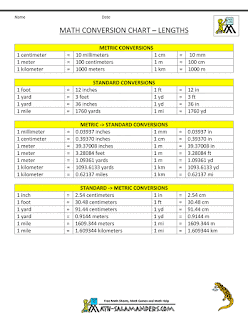On Tuesday in class, my lab partner and I conducted an experiment to coincide with our current subject for notes, half-lives. During this lab, we had to cut out 567 squares out of paper given to us. These squares represented the number of atoms present. As we continued the experiment, we put all of the paper squares in a shoe box and shook them up. The squares that showed white were removed from the box and represented the decayed atoms. We did this another five times, going through six half-lives. After each half-life, we totaled up the number of decayed atoms and the number of radioactive atoms left to get our data for this experiment.




